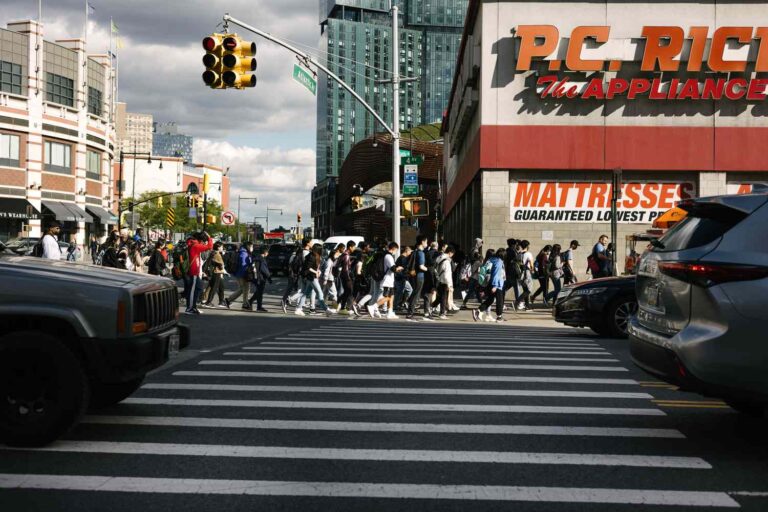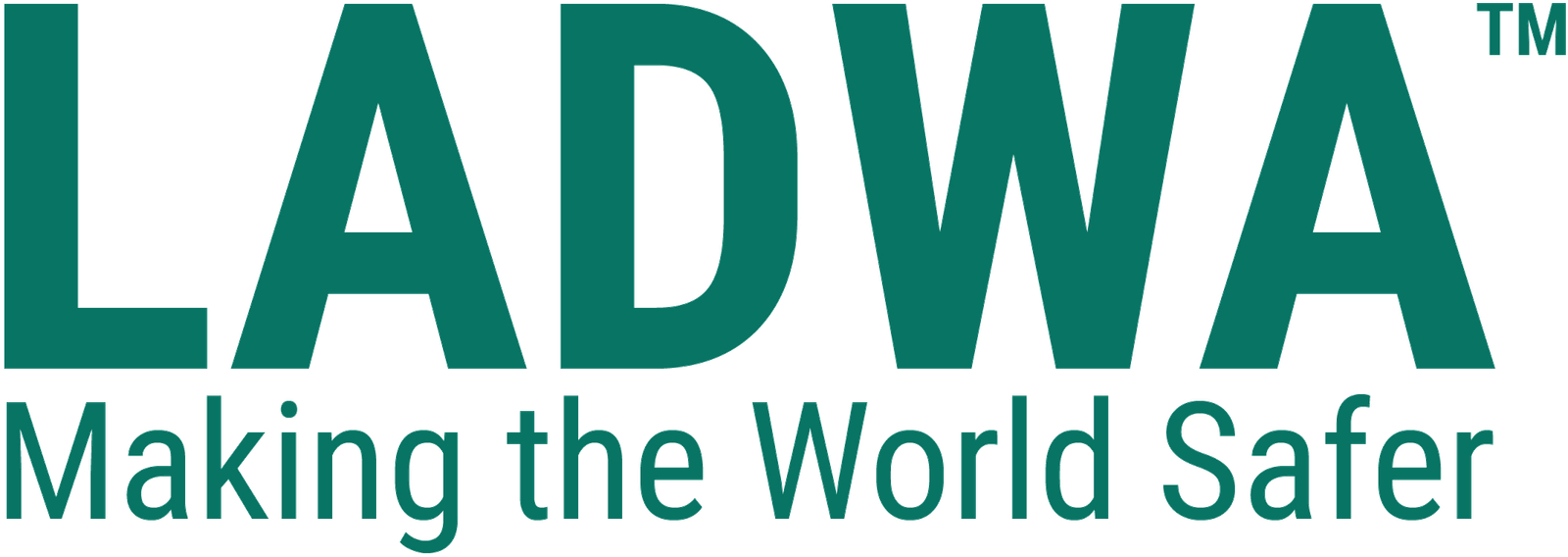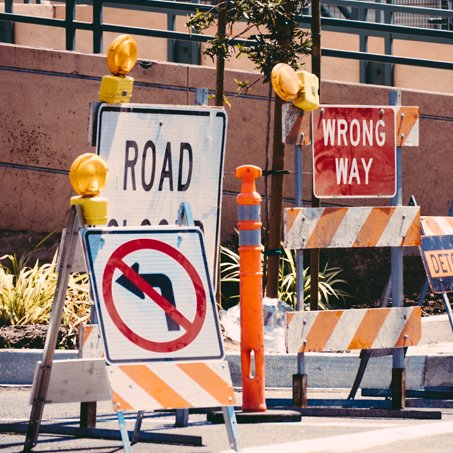Introduction
In a world constantly shaped by technological innovation and societal progress, the persistently high toll of road traffic crashes stands as a stark reminder of our collective failure to ensure safety on our streets. With 1.35 million lives lost annually, the staggering magnitude of this statistic paints a somber portrait of the human cost of inadequate road safety measures. Each casualty represents not just a number, but a tragedy reverberating through communities, families, and futures abruptly cut short.
As we confront this sobering reality, it becomes evident that despite advancements in technology and infrastructure, our roads continue to claim lives at an alarming rate. The fault, however, does not solely lie in the design of our highways or the capabilities of our vehicles. Rather, it is a testament to the glaring absence of robust road safety policies and legislation capable of addressing the multifaceted challenges of transportation safety.
Amidst this urgent call for action, Ladwa emerges as a renowned manufacturer and supplier dedicated to the field of road safety. With a steadfast commitment to enhancing safety standards and mitigating risks on our roadways, Ladwa stands at the forefront of innovation and advocacy in the realm of transportation safety.
Safety professionals, in particular, are tasked with the pivotal responsibility of dissecting the data, uncovering deficiencies in existing strategies, and catalyzing transformative change. It is imperative that we amplify our voices, galvanize support, and mobilize resources to usher in a new era of road safety—one characterized by proactive prevention rather than reactive response.
Together, let us embark on a journey to confront the stark realities of road safety, challenge the status quo, and forge a future where every journey concludes safely. The time for complacency has long passed; now is the moment for unwavering resolve and concerted action in pursuit of a world where the phrase “road safety” transcends mere rhetoric to become an immutable reality.
Pedestrians and Public Transport Users, the Forgotten Majority

They make up the bulk of road users globally, yet only 47 countries prioritize their safety through walking, cycling, and public transport policies. A paltry 0.2% of roads offer dedicated cycle lanes, and a staggering 80% fall short of even the minimum 3-star pedestrian safety rating.
Vehicle Safety In Road
Only 35 countries mandate the five basic requirements – seat belts, airbags, brakes, stability control, and crash protection. Shockingly, 79 countries have no vehicle safety laws whatsoever. This puts millions at the mercy of inadequate vehicles, turning minor collisions into deadly tragedies.

WHO Best Practices in Road Safety
As of 2022, just 140 countries even partially align their laws with WHO recommendations for key risk factors like speeding, drink driving, helmet use, seat-belts, and child restraints. A mere six countries meet all five standards. The progress? Glacial. Since 2018, only 23 countries have updated their legislation.
While third-party liability insurance is mandated in 131 countries, a crucial aspect is missing: psychological support for crash victims and families. Only 25 countries acknowledge this silent suffering. This gap leaves survivors to grapple with trauma and grief alone, adding another layer of tragedy to the already unbearable.

A clarion call for action: it’s time to shake the system. We, as safety professionals, must break the cycle of inaction. Here’s how we can fight for change:
- Advocate for evidence-based policy changes: Equip governments with data-driven recommendations, highlighting cost-effectiveness and lives saved.
- Become thought leaders: Share knowledge, expose gaps, and champion best practices through articles, research, and presentations.
- Collaborate with giants: Join forces with WHO, NGOs, and road safety agencies to push for standardized global laws.
- Hold local authorities accountable: Lobby for pedestrian-friendly infrastructure, cycle paths, and improved road design.
- Educate the public: Launch campaigns demonstrating the economic and social benefits of interventions like seat-belt use.
- Empower enforcement agencies: Provide training, resources, and technology to ensure effective implementation of road safety laws.
- Bridge the industry gap: Partner with automakers to advocate for minimum vehicle safety standards and invest in safer technologies.
Conclusion
In the face of alarming statistics and global inaction, the call for road safety reform is not just a professional duty but a moral imperative. The data reveals a stark reality, emphasizing the urgent need for robust policies and international collaboration. Ladwa, as a dedicated advocate in the field, exemplifies the commitment required to mitigate risks and enhance safety standards.
As safety professionals, our responsibility is clear to be catalysts for change, promoting evidence-based policies, fostering collaboration, and holding authorities accountable. It is time to break the cycle of inaction and collectively build a world where every journey concludes safely.
The fight for road safety is not a luxury; it is an obligation to safeguard lives and protect the fabric of our communities. Join the call for action, share the message, and let us together shape a future where every life on the road matters. Explore Ladwa’s innovative road safety equipment today. Visit our official website to be part of the movement for safer roads.








